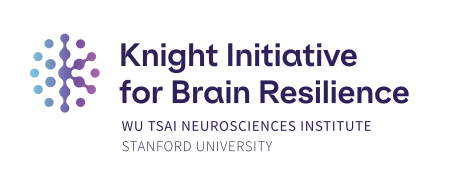Project Summary
Project Abstract
Millions of people are blind, yet we still don’t have the technology to satisfactorily restore vision. I aim to create a prosthetic device to do so. This device can be implanted in the eyes of a blind patient, resting on a tissue layer called the retina. The retina is like a computer composed of many tiny cells with different functions. In healthy eyes, the retina sends signals to the brain in particular patterns to produce what we experience as vision. In the eyes of some blind patients, the retinal cells that sense light have died, but other cells remain alive. If we can replicate the retinal signal patterns using a prosthesis that triggers remaining, living cells to send signals to the brain, we can restore normal vision to these blind patients. However, this goal requires us to identify and control thousands of tiny retinal cells inside a living person. This requirement is like trying to conduct a one thousand person orchestra in a storm, except you also need to learn what instrument everybody plays, give everyone individualized sheet music, and redistribute sheet music any time it flies away. Unless you work hard to perfect your conducting skills, odds are your orchestra isn’t going to play a complete and sensible song. Likewise, unless our prosthesis triggers retina cells just right, odds are we won’t produce a complete and sensible visual experience. Using computational methods, my immediate goals are to improve (1) cell identification, and (2) individual control. By the conductor analogy, I aim to (1) reliably autodetect instruments based on a computer-generated list, and (2) determine how each orchestra member should sound by listening to and modifying their sheet music ahead of time
Project Details
Funding Type:
Interdisciplinary Scholar Award
Award Year:
2023
Lead Researcher(s):
Team Members:

